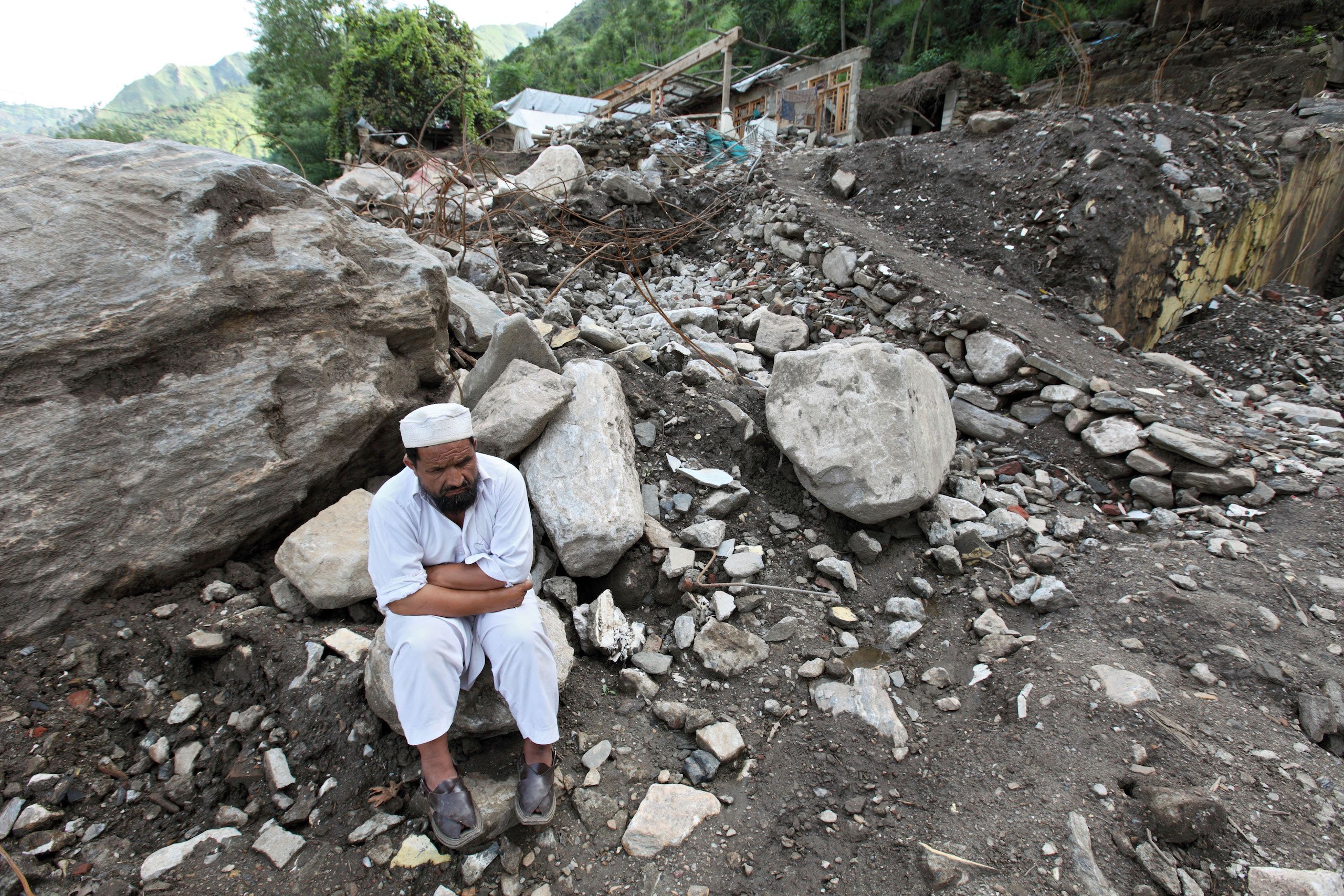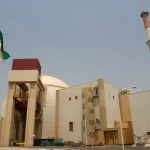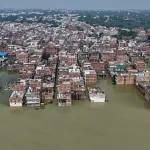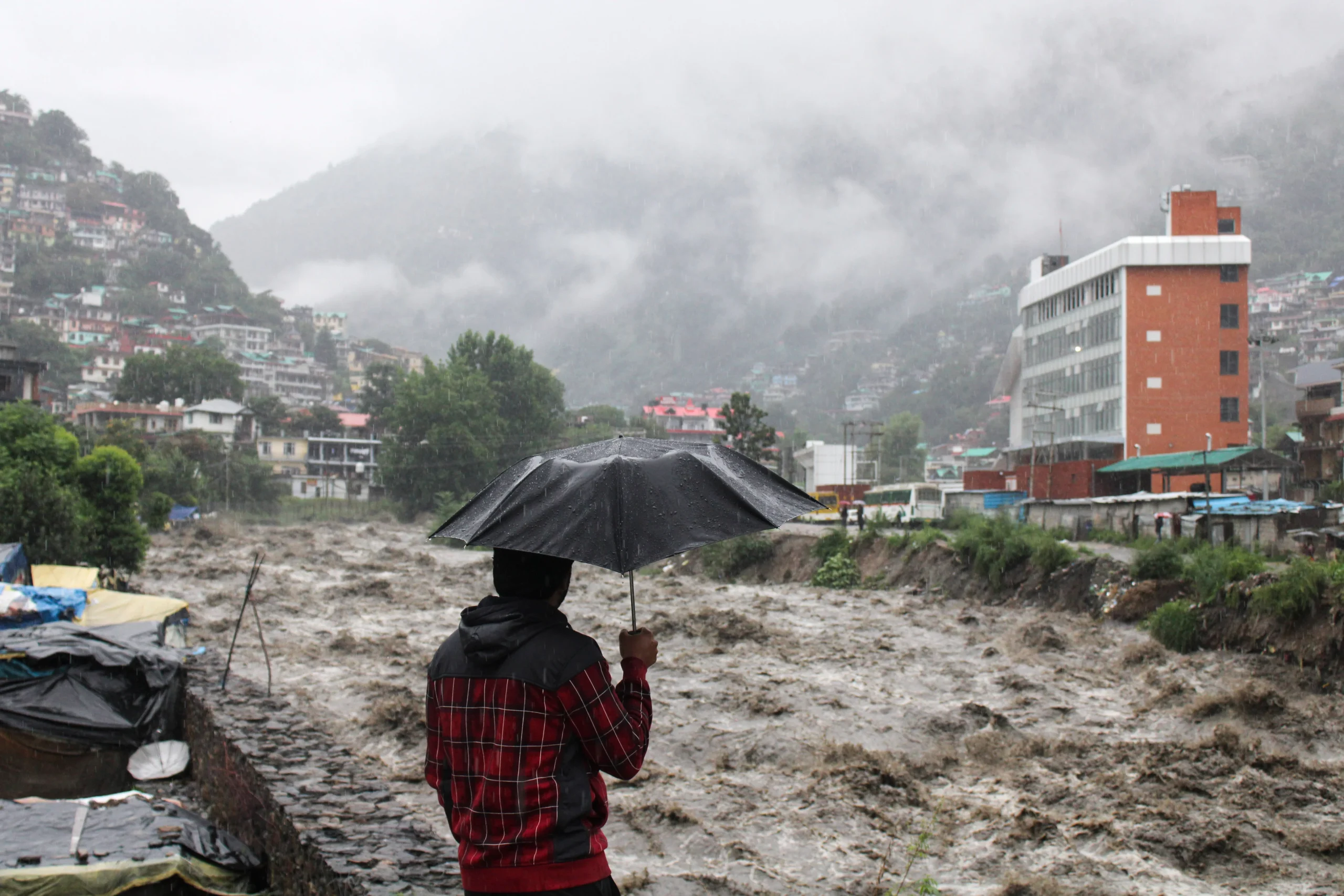Pakistan has long faced the wrath of nature, but in recent years, its struggle with recurring floods has intensified. Torrential rains, overflowing rivers, and the destruction of homes and livelihoods have become almost annual events. While extreme weather is often cited as the primary cause, the deeper roots of Pakistan’s flooding crises lie in the melting glaciers of the Himalayas and the rapid depletion of the country’s forests. Understanding these factors is crucial not only for mitigating disasters but also for securing the future of Pakistan’s environment and communities.
The Growing Threat of Melting Glaciers
Pakistan is home to the Karakoram, Himalaya, and Hindu Kush ranges, which contain some of the largest glaciers outside the polar regions. These glaciers act as natural reservoirs, releasing water gradually through melting, ensuring a steady supply to rivers like the Indus. However, climate change has accelerated glacier melting, creating a dangerous imbalance.
Recent studies show that Pakistan’s glaciers are melting at a rate of about 7% per decade, which is significantly higher than the global average. Scientists warn that this could lead to an increased frequency of glacial lake outburst floods (GLOFs), a sudden surge of water when glacial lakes breach their natural barriers. Such floods have catastrophic consequences for downstream communities.
Dr. Abdul Qadir, a climate scientist based in Islamabad, explains, “The rapid retreat of glaciers is like opening a tap that cannot be controlled. What once was a slow, seasonal flow has become unpredictable, intensifying flood risks.”
Glacier melt combined with monsoon rainfall often overwhelms the already strained river systems. The floods of 2010, which affected more than 20 million people and destroyed infrastructure worth billions, are a stark reminder of what unchecked glacier melt can trigger when combined with heavy rains.
Deforestation and Its Devastating Impact
While melting glaciers contribute to flood volumes, deforestation worsens their impact. Pakistan’s forest cover is alarmingly low, at around 5.2% of its total land area—far below the recommended 25–30% for environmental stability. Forests act as natural buffers, absorbing rainfall, slowing runoff, and stabilizing soil. Their disappearance has left vast stretches of land vulnerable to flash floods and erosion.
In regions like Khyber Pakhtunkhwa and Sindh, illegal logging, land clearing for agriculture, and urban expansion have accelerated forest loss. During floods, areas that once had tree cover now experience rapid water flow, washing away homes, roads, and farmland.
Environmental activist Fatima Shah points out, “Deforestation is not just an ecological issue—it is a human security issue. Every tree lost is a barrier gone, allowing floods to claim more land and lives.”
Urbanization and Mismanaged Infrastructure
Urbanization compounds the problem. Cities like Karachi, Lahore, and Islamabad have expanded rapidly without adequate flood management systems. Impermeable surfaces such as concrete prevent water absorption, leading to urban flash floods even with moderate rainfall. Meanwhile, poorly maintained drainage systems often exacerbate waterlogging.
Experts argue that Pakistan’s urban planning has failed to account for changing climate patterns. With monsoon rains becoming heavier and more erratic, cities are increasingly unprepared for natural deluges.
The Human Toll of Recurring Floods
Beyond environmental and infrastructural damage, recurring floods have devastating social and economic consequences. According to the World Bank, floods in Pakistan over the last decade have displaced millions, destroyed crops, and set back national GDP growth. Vulnerable communities in rural areas are hit hardest, losing homes, livestock, and livelihoods.
The health impact is also severe. Stagnant floodwaters breed waterborne diseases such as cholera and dengue, compounding the crisis. Children, the elderly, and pregnant women face heightened risks during and after flooding events.
Climate Change: The Invisible Driver
While glaciers and forests are direct factors, the invisible driver behind both is climate change. Rising global temperatures accelerate glacial melt, alter precipitation patterns, and intensify monsoon rains. Pakistan is one of the countries most affected by climate change despite contributing minimally to global greenhouse gas emissions.
The Global Climate Risk Index has repeatedly ranked Pakistan among the top ten countries most affected by climate-related disasters. The floods of 2022, which submerged nearly one-third of the country, were a stark illustration of how climate change can magnify the impact of existing vulnerabilities.
Solutions and Mitigation Strategies
Addressing Pakistan’s recurring floods requires an integrated approach that combines environmental restoration, infrastructure improvement, and community engagement.
Reforestation and Afforestation
Expanding forest cover is a long-term solution to reduce flood risks. Initiatives like the “Billion Tree Tsunami” in Khyber Pakhtunkhwa have shown that large-scale tree planting can restore ecosystems and provide protective barriers against floods.
Sustainable Glacier Monitoring
Investing in glacier monitoring technologies and early warning systems can prevent sudden disasters. Remote sensing and satellite imagery allow authorities to track glacier changes, predict glacial lake bursts, and prepare downstream communities.
Improved Urban Planning
Cities must be redesigned with flood resilience in mind. This includes green spaces to absorb rainfall, upgraded drainage systems, and strict regulations against construction in flood-prone zones.
Community Awareness and Disaster Preparedness
Educating local populations on flood preparedness, evacuation plans, and first aid can save lives. Community-based disaster management programs have proven effective in other flood-prone regions of the world.
Climate Action at the National Level
Pakistan needs to integrate climate adaptation into national development plans. Reducing greenhouse gas emissions, promoting renewable energy, and engaging in international climate initiatives are critical for long-term flood mitigation.
Global Lessons and Local Relevance
Countries like the Netherlands and Japan have successfully reduced flood risks through a combination of technological innovation, strict urban planning, and community engagement. Pakistan can adapt similar strategies tailored to its geographical and social context.
For example, constructing artificial wetlands in flood-prone areas can absorb excess water, while river embankments and levees can prevent overflow into populated zones. Combining these with nature-based solutions, such as reforestation and wetland restoration, creates a multi-layered defense against floods.
The Urgency of Action
The evidence is clear: recurring floods in Pakistan are not merely a consequence of seasonal rains. They are the result of complex interactions between melting glaciers, deforestation, poor infrastructure, and climate change. Without urgent, comprehensive action, the human and economic costs will continue to escalate.
Dr. Ayesha Khan, an environmental policy expert, warns, “Every year we delay meaningful interventions, the floods become more destructive. We must act now to protect both people and ecosystems.”
FAQs
Why are floods becoming more frequent in Pakistan?
Floods in Pakistan are becoming more frequent due to accelerated glacier melting, deforestation, unplanned urbanization, and the effects of climate change intensifying monsoon rains.
How do melting glaciers contribute to floods?
Melting glaciers increase river flows and create glacial lakes that can burst, causing sudden and catastrophic floods downstream.
What role does deforestation play in flooding?
Forests absorb rainfall and slow runoff. When trees are removed, rainwater flows rapidly into rivers, increasing the risk of floods and soil erosion.
Can urban planning reduce flood damage?
Yes. Proper drainage systems, green spaces, and flood-resistant infrastructure can significantly reduce urban flooding.
How can Pakistan mitigate future flood risks?
Solutions include reforestation, glacier monitoring, sustainable urban planning, community disaster preparedness, and national climate action policies.
Conclusion
Pakistan stands at a critical juncture. Its recurring floods are a stark warning that nature’s balance has been disrupted. Melting glaciers and vanishing forests are not distant environmental concerns—they are immediate threats that directly impact lives, livelihoods, and the nation’s economy. By investing in sustainable forestry, glacier monitoring, urban resilience, and climate action, Pakistan can mitigate the destructive cycle of floods and build a safer, more resilient future.
Addressing these challenges requires coordination across government agencies, civil society, and international partners. Only then can Pakistan hope to transform its vulnerability into strength, turning devastating floods into lessons for sustainable development and environmental stewardship.











